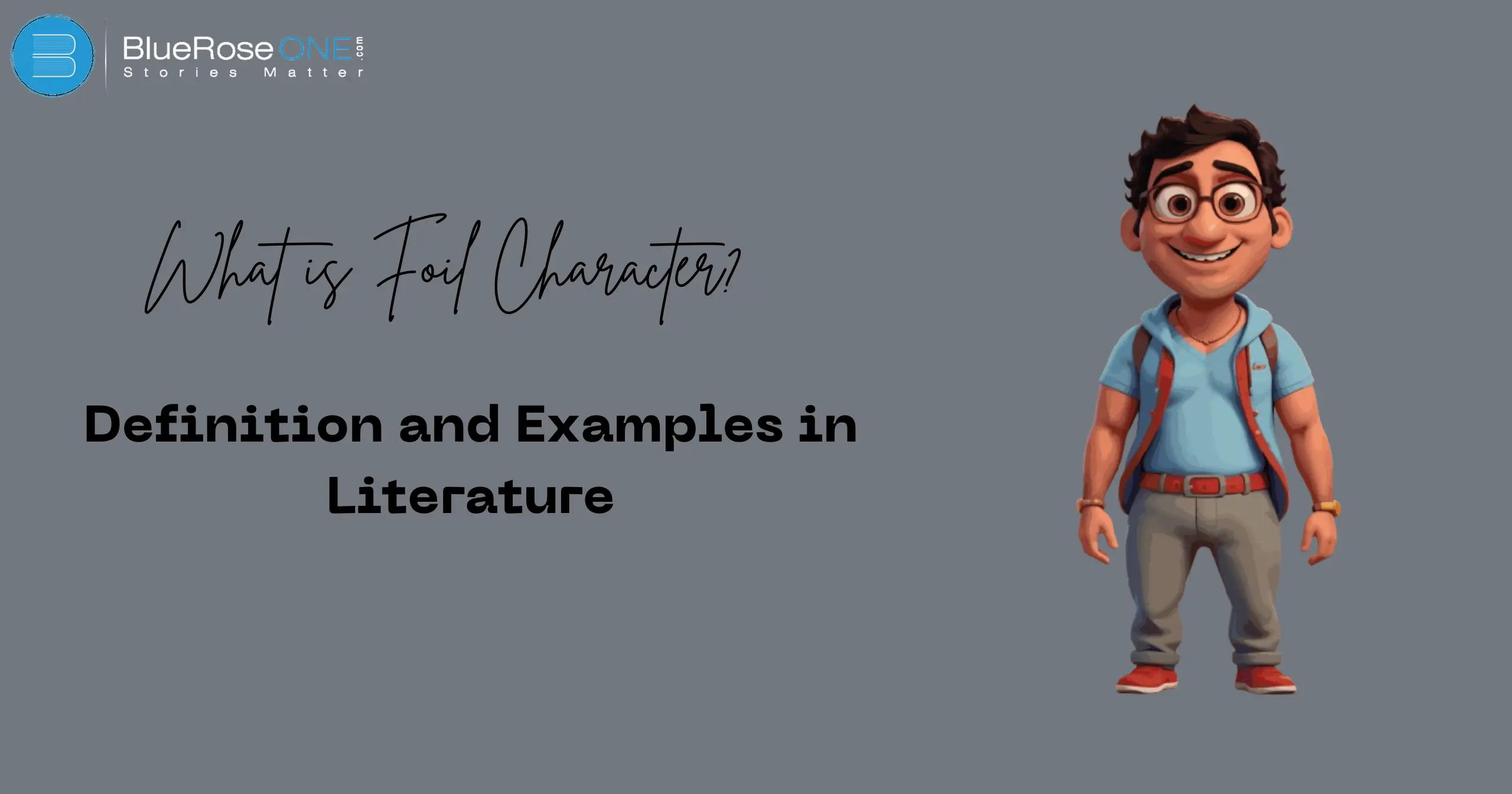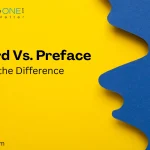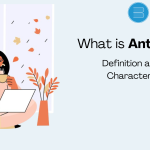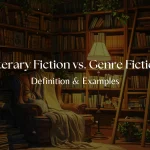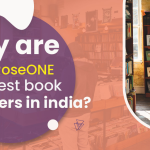Contrasting characters are a potent literary device that help the reader comprehend the protagonist on a deeper level. Introducing a foil character is one such tactic.
However, what is a foil character exactly? Why are they so important to literature, and how do they function within a story? We’ll explore the idea of foil characters, their function, and some of the most well-known instances in literary history in this article.
What is Foil Character?
A foil character is a character who draws attention to specific aspects of the main character by contrasting with another character, usually the protagonist. Because of the foil character’s contrasts with the protagonist, the reader is frequently able to gain a deeper understanding of the protagonist’s intricacies.
Foils don’t necessarily oppose the protagonist, but their contrasting traits make the protagonist’s characteristics more pronounced. In many cases, this opposition or contrast may be rooted in personality, values, or moral beliefs.
You may also like:Book Review: Lord of the Flies by William Golding
The Purpose of a Foil Character in Literature
A foil character’s major objective is to bring to light and expose facets of the main character that could otherwise go unnoticed or undefined. By juxtaposing two characters who are fundamentally different from one another,
the author might successfully highlight particular characteristics, actions, or moral judgments that characterize the protagonist. In addition to advancing the plot, foil characters can also create tension, conflict, or even moral quandaries.
When a courageous and bold protagonist is paired with a cautious foil character, for example, their bravery is highlighted even more. This dynamic enhances the story’s themes and gives the protagonist more nuance.
You may also like: 10 Best Books on Writing Every Aspiring Author Should Read
Foil Characters vs. Antagonists
Although they have quite different functions, antagonists and foil characters are sometimes confused. A character that actively opposes the protagonist and frequently causes conflict in the plot is known as an antagonist.
Conversely, a foil character isn’t always an adversary. Instead of having to start an outside conflict, the foil might provide a contrast that highlights the qualities of the protagonist.
You may also like: Print on Demand vs. Traditional Publishing: Which is Right for you?
How Foil Characters Enhance the Protagonist
Foil characters serve as mirrors, reflecting the protagonist’s moral decisions, shortcomings, and strengths. For instance, a selfish or greedy foil character might highlight the kindness and selflessness of the protagonist by contrast with them.
Foil characters provide a different viewpoint that can uncover hidden facets of the main character’s nature and even present challenges for the protagonist to overcome as the plot progresses.
You may also like: Top 10 Hugo Award Winning Novels You Must Read
Types of Foil Characters
Direct Foils
Characters in literature who are meant to stand in stark contrast to the protagonist or another important figure are known as direct foils. The primary character’s qualities are brought to light and become more obvious by their opposing features, decisions, or values.
For instance, in Harry Potter, Draco Malfoy represents contrary ideals such as ambition and superiority, directly opposing Harry and strengthening his courage and humility. A typical method for enhancing character development in novels is the employment of direct foils.
Subtle Foils
A more subdued antagonist character provides a subtle contrast to the main character. Their differences become apparent through little deeds, opinions, or personality qualities rather than through outright disagreement.
These counterpoints frequently draw attention to important but subtle aspects of the primary character. For instance, Jane Bennet plays a subtly opposing role to her sister Elizabeth in Pride and Prejudice by representing kindness and patience in contrast to Elizabeth’s audacity and wit.
You may also like: Best Udemy Courses for Self-Published Authors
Famous Examples of Foil Characters
Hamlet and Laertes in Shakespeare’s Hamlet
In Shakespeare’s Hamlet, Hamlet and Laertes serve as foil characters to each other. While both characters experience the death of a father, their reactions to grief and revenge are starkly different. Hamlet is thoughtful and hesitant, while Laertes is impulsive and quick to action. This contrast highlights Hamlet’s internal conflict and deep contemplation.
Sherlock Holmes and Dr. Watson in Arthur Conan Doyle’s Sherlock Holmes Series
Sherlock Holmes and Dr. Watson are one of the most iconic foil pairs in literary history. Holmes is analytical, cold, and highly logical, while Watson is warm, empathetic, and grounded in human emotion. Their contrasting traits make Holmes’ brilliance even more apparent, while Watson serves as a bridge to the reader’s more emotional perspective.
Harry Potter and Draco Malfoy in J.K. Rowling’s Harry Potter Series
In the Harry Potter series, Draco Malfoy acts as a foil to Harry Potter. While Harry is brave, selfless, and driven by a sense of justice, Draco is cowardly, entitled, and self-serving. Their rivalry brings out Harry’s heroism and highlights the differences in their moral compasses.
You may also read: What is Upfront fiction? Definition, Traits and Examples
Foil Characters in Modern Literature
Foil characters are still a great literary device in modern writing. Katniss Everdeen serves as a counterpoint to Peeta Mellark and Gale Hawthorne in books like The Hunger Games, highlighting many facets of her character such as her survival instincts, devotion, and inner conflicts.
How to Identify a Foil Character in a Story
To identify a foil character, look for someone who contrasts with the protagonist in significant ways. Foil characters typically have different motivations, make opposite choices, or represent an alternative path the protagonist could have taken. Pay attention to how the differences between the two characters highlight the protagonist’s traits.
Creating a Foil Character: Tips for Writers
Identify your protagonist’s key traits: Determine the essential characteristics of your protagonist before developing a strong foil character. These characteristics characterize the motivations, disposition, and actions of your primary character.
With these characteristics in mind, you might create a foil character that accentuates or contrasts the protagonist’s advantages and disadvantages.
For instance, if your protagonist is courageous, a cowardly foil character could highlight the hero’s bravery. This contrast enhances the narrative dynamic of your story and helps characters develop more fully.
Create a contrasting character: Consider how they draw attention to the qualities of the primary character in order to develop a contrasting foil character. A foil character ought to possess contradictory traits that highlight the protagonist’s advantages or disadvantages.
For example, the counterpart can be cool-headed and deliberate if the primary character acts impulsively. The foil character highlights the protagonist’s development and expands the story’s dynamic by opposing actions, beliefs, or choices. This helps the reader better comprehend both characters.
Ensure balance: Maintaining equilibrium between the foil and the main character is crucial when developing a foil character. A well-written antagonist draws attention to important aspects of the main character without taking away from them.
Though not overdone, the contrast should be evident. The counterpoint for a bold main character, for instance, might be cautious,
but both qualities should feel natural and complementary. This harmony keeps the focus on the protagonist while allowing the opposing character to deepen the plot.
Use subtlety: To increase the impact of the contrast, employ subtlety while developing a foil character. Draw attention to minor characteristics that contradict the main character rather than emphasizing the contrasts.
For instance, a foil character could subtly exhibit traits like humility or patience that contrast with the protagonist’s haughtiness or impatience.
By taking a subtle approach, the reader is able to identify the contrast on their own, which naturally increases the impact of the foil character’s involvement in the story.
You may also like: How to Publish a Book? | Publish Your Book | BlueRoseOne
Common Mistakes When Using Foil Characters
Making the foil figure overly one-dimensional is one common error. Foils should have a distinct personality from the protagonist even though their purpose is to contrast with them. Don’t reduce them to being complete opposites without any depth or purpose.
The Impact of Foil Characters on Plot Development
Foil characters often drive plot development by creating conflict, tension, or different perspectives that the protagonist must contend with. Their presence can lead to key moments of character growth, moral decisions, or even climactic confrontations.
Using Foil Characters to Build Themes in a Story
Foil characters are effective devices for advancing the themes of a novel. Writing about a foil allows authors to delve into subjects such as justice, morality, ambition, and love. Character conflict frequently mirrors the more significant thematic issues that the narrative aims to answer.
Foil Characters in Movies and TV Shows
In visual media as much as in writing, foil characters are common. Breaking Bad and other films and TV shows explore themes of power, corruption, and redemption by contrasting Jesse Pinkman’s moral dilemmas with Walter White’s merciless ambition.
Conclusion
Foil characters are an essential literary device that highlights the protagonist’s strengths, weaknesses, and complexities by providing a point of comparison. Whether they’re direct opposites or subtle contrasts, foil characters deepen the reader’s understanding of the main character and enrich the overall narrative.

